Landscape Architects, We Need Your Voice!
Exploring the 2022 provincial election issues
TEXT by Steve Barnhart, OALA President, AND Eha Naylor, Chair, OALA Practice Legislation Committee
On June 2, we, as landscape architects, have an opportunity to make a big difference. Many of us work in the public sector and know that day will see Ontario hold its first provincial election in four years. In 2018, over 40 per cent of eligible voters did not participate in that election. We want to make sure landscape architects have their voices heard.
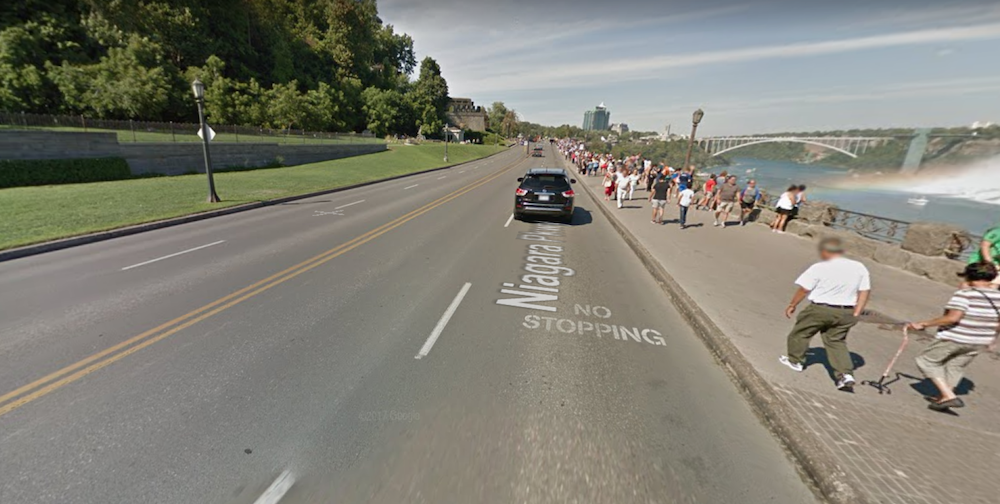
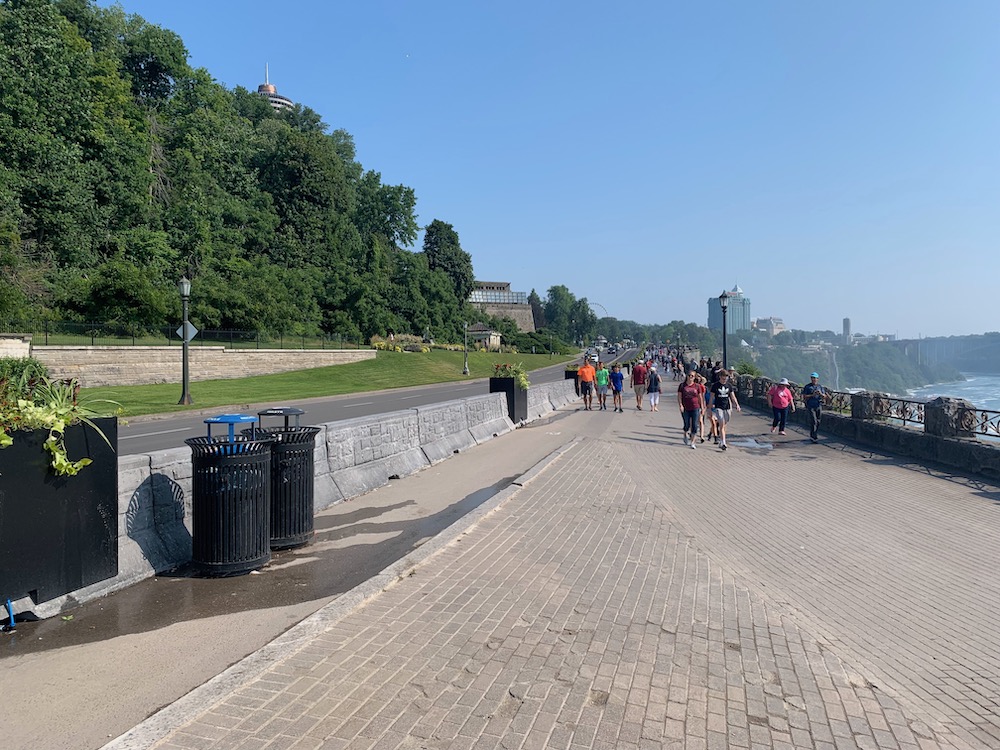
We want to tell provincial candidates:
- what landscape architecture is
- its contributions to the health, safety and well-being of the public
- that the profession is a fast-growing sector
- that landscape architects are employed in private, academic, and public realms across the province
We want to ensure that candidates and the public know the contributions we can make. OALA is pushing hard for each party to include in their platforms an acknowledgment of the issues that central to the work of landscape architects. Those predominantly include, in no particular order:
- pedestrian street safety
- flood protection
- improved universal accessibility outdoors
- protection of natural areas to mitigate the effects of climate change
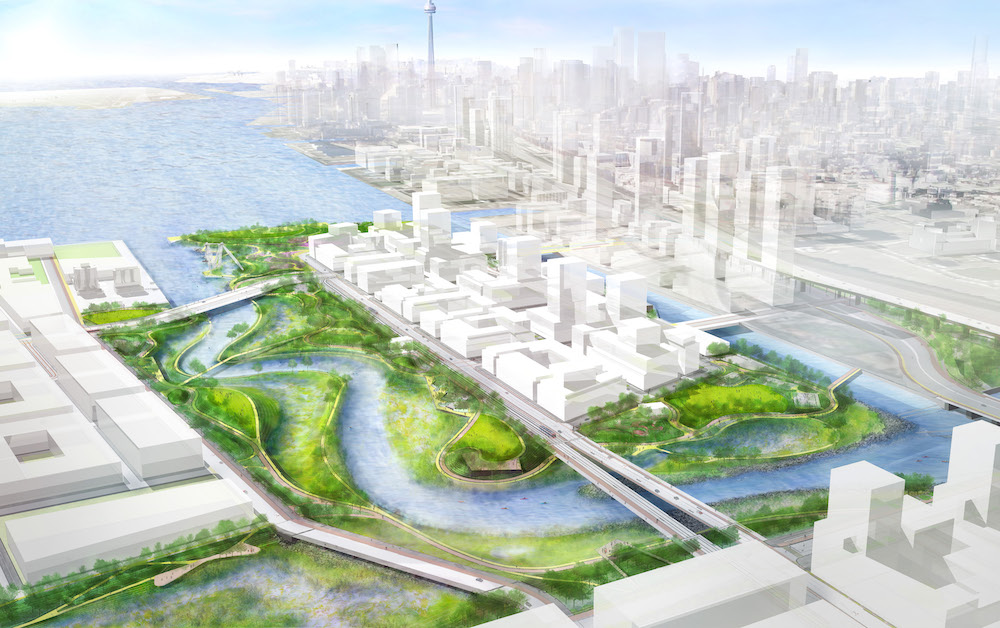
PEDESTRIAN STREET SAFETY
A January 21, 2022 Toronto Star article by Kevin Rupasinghe revealed that “according to City of Toronto data, from 2017 to 2021, the five years that Toronto has had its Vision Zero program, there have been at least 293 people killed and 1,488 people seriously injured in collisions on our streets. On average, that’s more than one death per week, and nearly one serious injury per day.”
For decades, the design of streets has primarily focused on accommodating vehicles, while cyclists and pedestrians are given minimal consideration, accommodated where possible. Landscape architects play an integral role in designing safer streets and can lead the paradigm shift to focus on rebalancing pedestrian and cycling needs first. Landscape architects are skilled at designing and rebalancing these competing and complex requirements to address society’s changing needs. There are many great examples of built works by landscape architects that are making streets safer in cities large and small across the province.
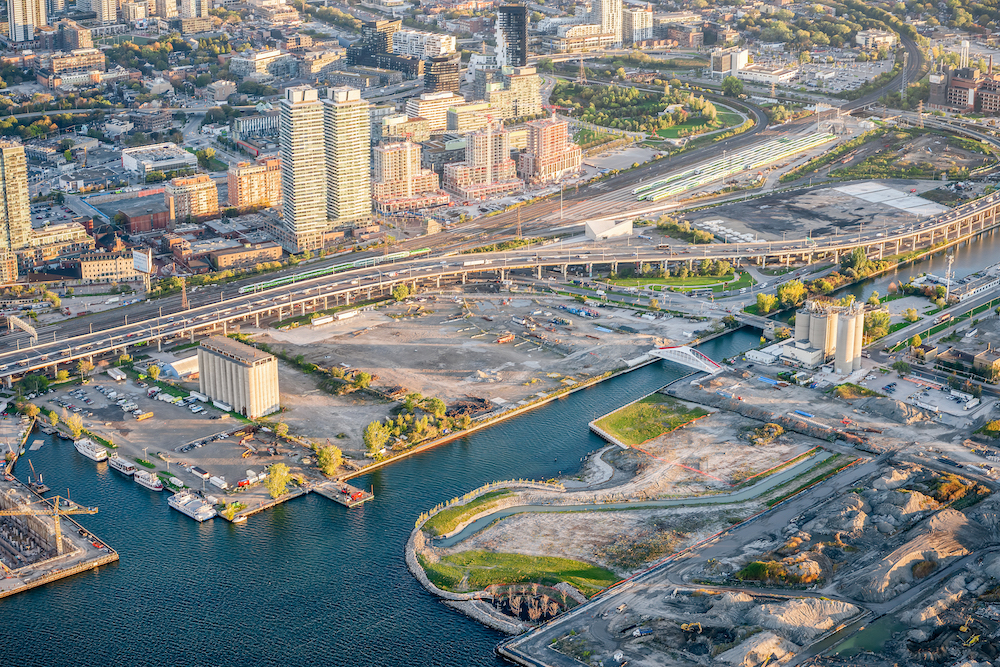
FLOOD PROTECTION
Much of Ontario is located near lakes and rivers. We want to avoid what recently happened in British Columbia. In recent years, we have seen unprecedented flooding across Canada. This is a symptom of the climate crisis, and we can expect more in the future. Here in Ontario:
- In 2013, unprecedented flooding caused $1.5 billion in losses when 120 millimetres of rain fell on the GTA, overflowing the Don River, stranding commuters, and causing extensive property damage.
- In 2017, the spring storm forced 850 people to evacuate along the Ottawa River and caused $235 million in damage.
- In 2018, the ‘ninja’ storm dumped over 100 millimetres of rain in less than two hours and caused Black Creek to overflow property and Lake Ontario to flood and damage its adjacent shoreline.
Landscape architects are the professionals who design one of the most cost-effective and beneficial tools for addressing this problem. Natural infrastructure replicates and augments the functions of ecosystems, is complementary to traditional solutions, and delivers environmental benefits such as improved habitat, sequestering carbon, and reducing the heat island effect.
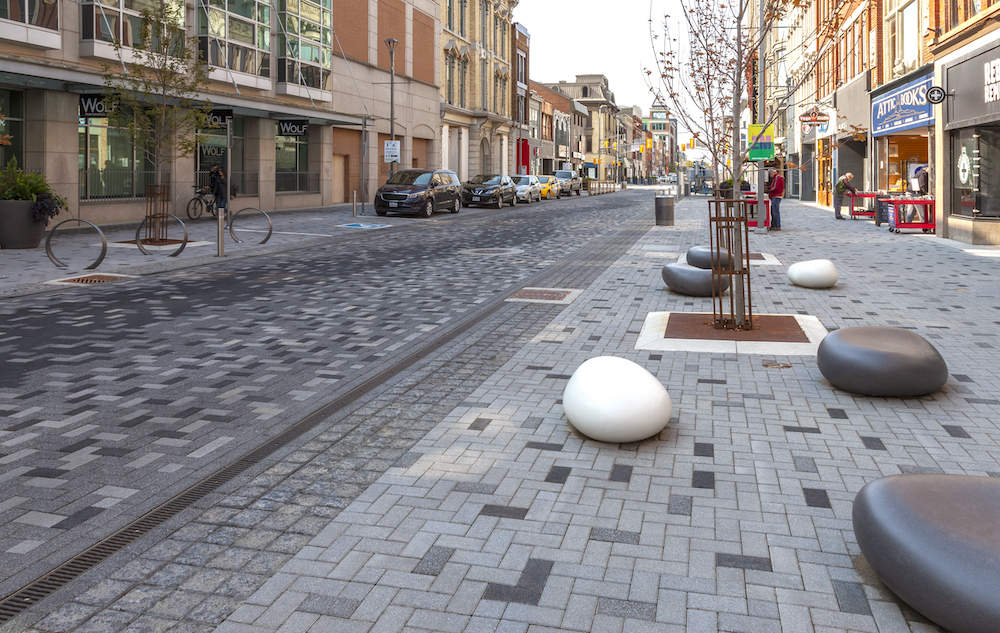
ACCESSIBILITY
Moreover, landscape architects help to build more equitable spaces for marginalized groups by addressing issues related to accessibility, mental health, gender, Indigenous peoples, BIPOC, and LGBTQIA2S+ communities.
For instance, the Advancing Accessibility in Ontario framework (Government of Ontario, 2020) highlights “breaking down barriers in the built environment” as a key area to help identify, remove, and prevent barriers for people with disabilities across the province. The document notes one way of implementing improvements is by working with key industry partners and ensuring the Ontario Parks capital renewal and renovation projects include up-to-date accessibility specifications.
These are just two areas through which the government has called upon experts like us to improve accessibility for more than 2.6 million people with disabilities across the province.
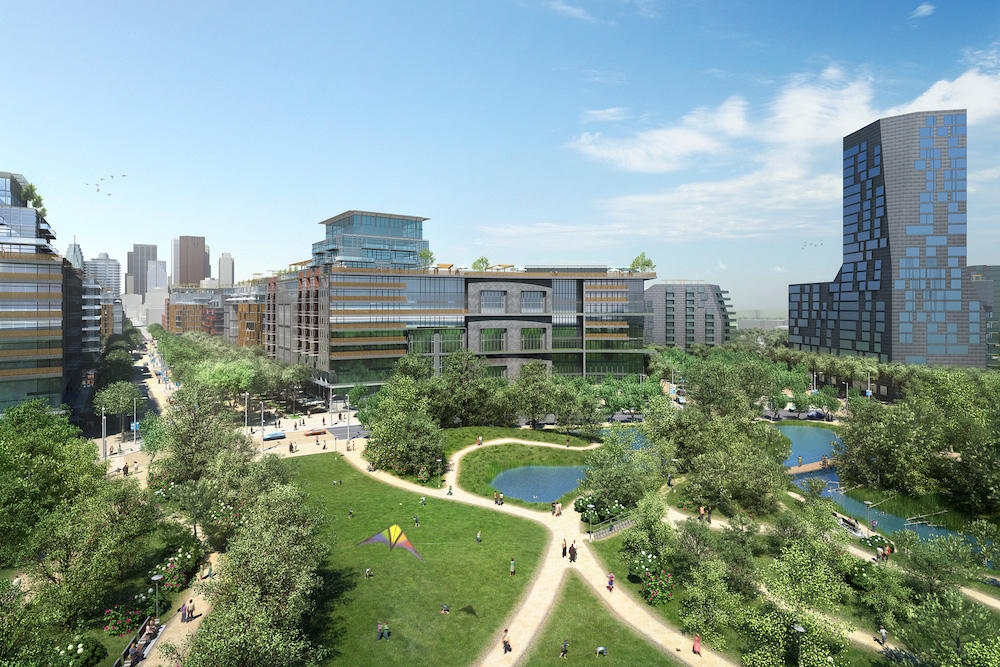
CLIMATE CHANGE AND WELLNESS
Green spaces have been vital to ensuring healthy communities during the Covid-19 pandemic. Now, more than ever, the work of landscape architects must be recognized as critical to the mental and physical health of Canadians.
Moreover, in a post-pandemic world, nature-based solutions employed by landscape architects continue to mitigate climate change and associated health risks. Landscape architectural solutions in Ontario’s rapidly urbanizing lands have been proven to result in Ontarians having:
- decreased stress, anxiety and fatigue
- better mental health
- lower crime rates
- lower healthcare costs
- higher workforce productivity
- increased learning ability
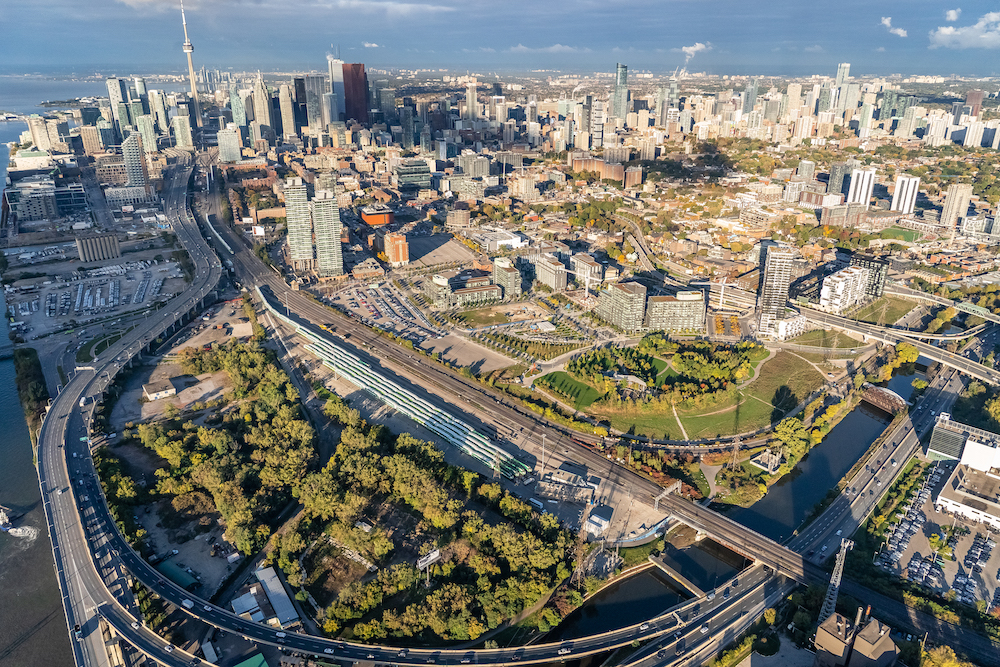
Studies show both environmental and social investment in “human capital management” can render measurable and profitable benefits to our communities.
This election, provincial candidates must be made aware of the contributions that landscape architects make to livable communities.
In a similar vein, a Landscape Architect Professional Practice Act would have the effect of increasing public safety, the cost-efficiency of public spaces, and the preservation of the natural environment in the face of a variety of the above challenges.
This is not merely a one-sided relationship. Members of Provincial Parliament (MPPs) can make a difference in your career, your community, your business, and your life. Many projects are funded by the government, or you might work for the government. OALA Past President Jane Welsh said it well, “We have a once in a lifetime opportunity. Let’s not lose it.”
Landscape architects deserve a seat at the table. This election, you can make our voices heard. Visit the OALA’s election central website, to find out more about getting involved.
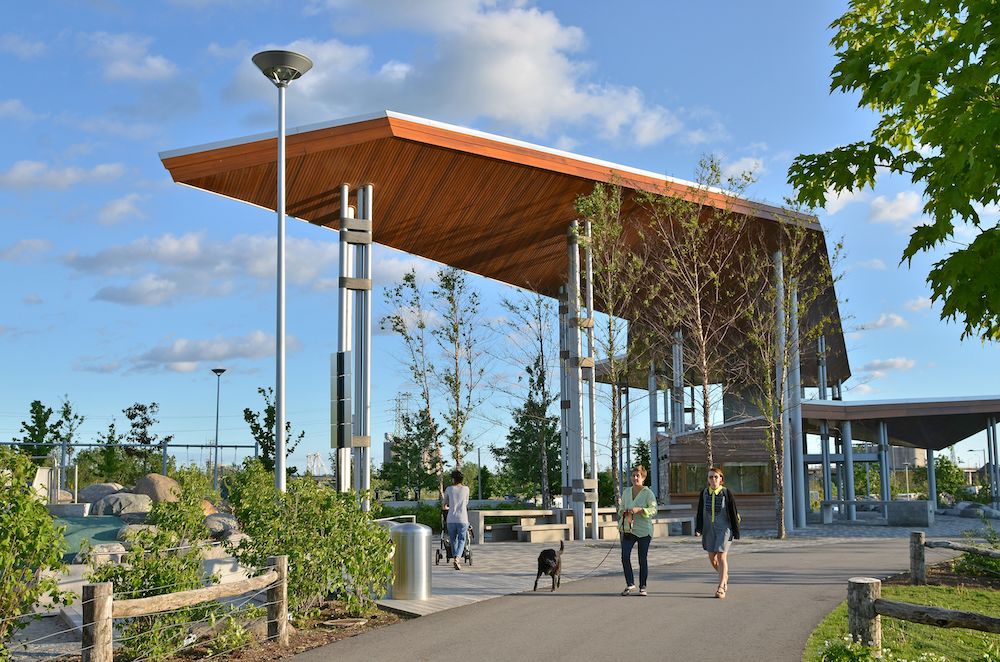
BIO/ Steve Barnhart, MLA, OALA, has over 20 years’ experience in environmental planning and design, with the last 17 years in public sector landscape architecture. He is currently a senior executive with the Niagara Parks Commission responsible for the organization’s environmental planning and cultural heritage. Some of the more recent initiatives include the establishment of coastal wetland sites along the upper Niagara River, a new public realm plan at the brink of the falls and the heritage adaptive reuse of the 1905 hydroelectric power station.
Eha Naylor, OALA, BLA, MBA, FCSLA, has over 40 years of consulting experience for public and private sector clients. She is a Partner Emerita at Dillon Consulting and is the Chair of the OALAs Practice Legislation Committee. She is a licensed landscape architect as well as a registered professional planner.
